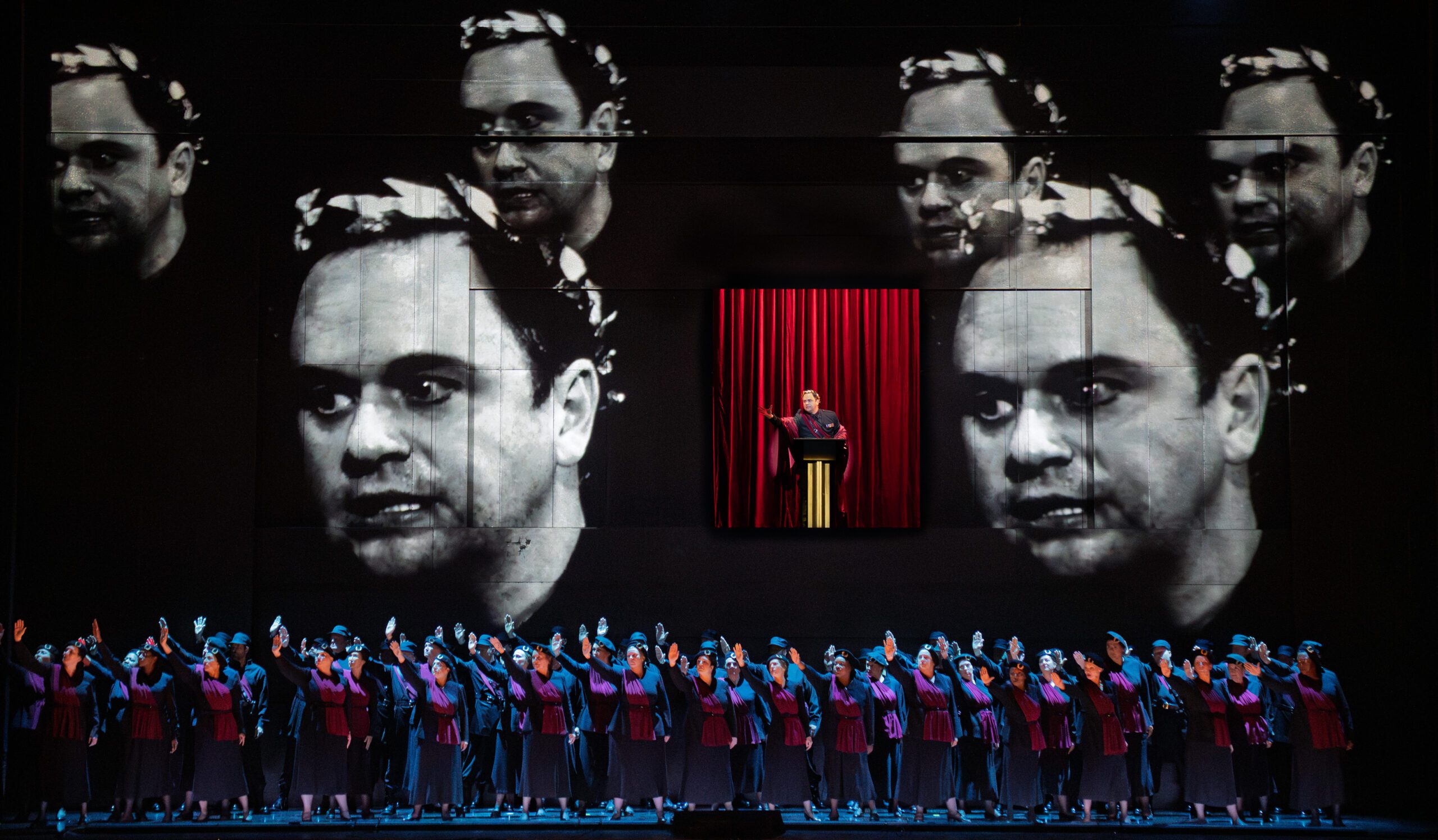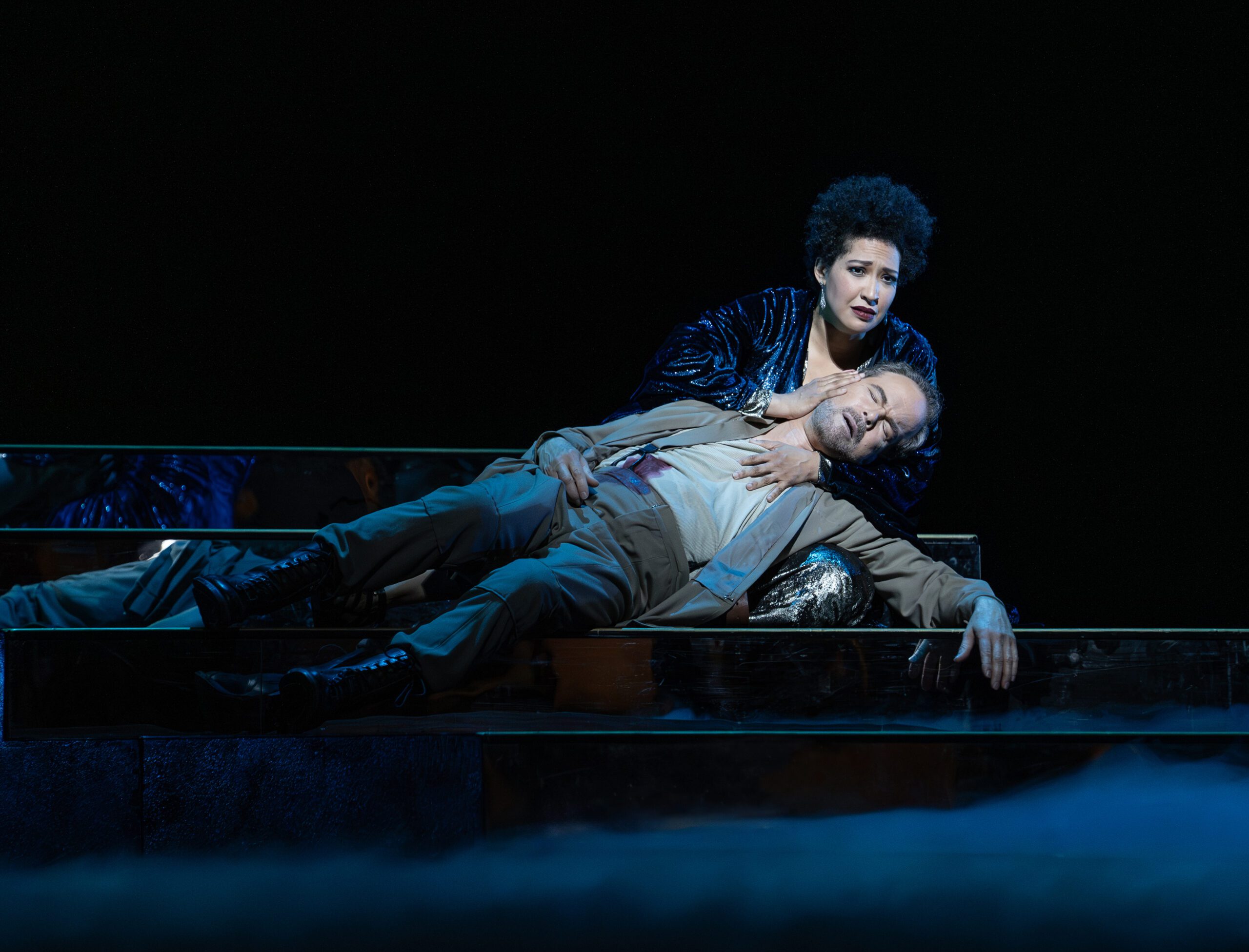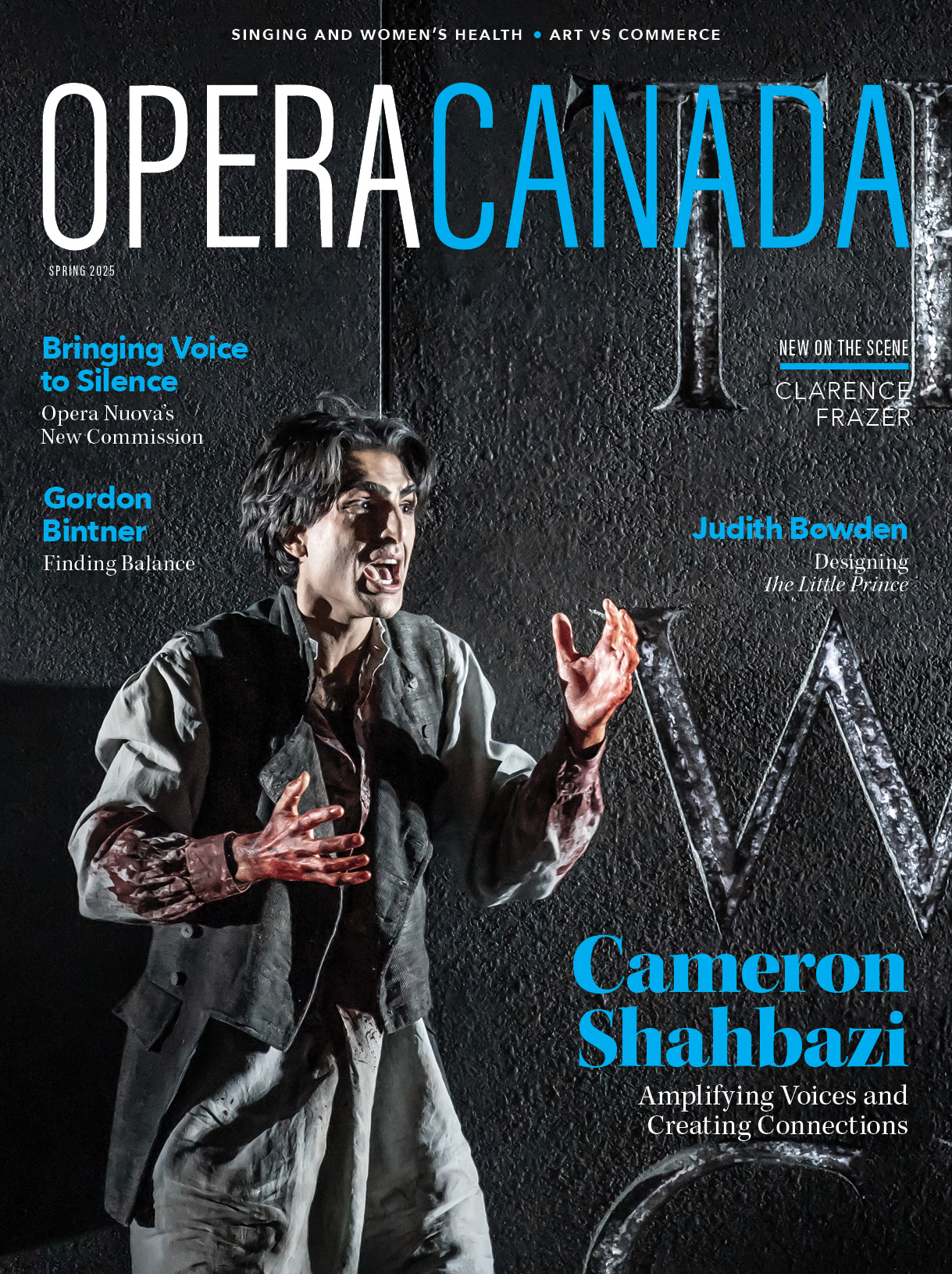I’ll be frank: I had a pair of prejudices toward John Adams’s Antony and Cleopatra before I saw it at the Met. A broadcast of its world-premiere run at San Francisco Opera in 2022 had left me unimpressed, and the audio stream of the Met production’s opening night provoked a reaction only marginally more positive.
My second bias may be less fair: that it was Adams’s opera I’d be seeing, not Samuel Barber’s. The Barber Antony and Cleopatra famously opened the brand-new Metropolitan Opera House in 1966 and just as famously flopped. But a 1975 production at the Juilliard School and a 2009 concert performance by New York City Opera (remember City Opera?) at Carnegie Hall both proved the sturdy viability of Barber’s revised version of the score, and it’s a blot on several generations of Met management that the company has never given the opera – so important a part of its history – a second chance. (A still greater sin of omission is the continued absence of Barber’s masterpiece Vanessa, a proud page of the Met annals.)
So… did seeing Adams’s opera staged change my mind about its merits? In a single, succinct syllable: no.
It’s not without strengths. Adams is an expert orchestrator, and his score supplies many an ear-catching sonority – that, for example, of the Romany cimbalom, a rare visitor to the Met pit. The orchestral interludes offer some high-quality music; an independent suite might well be made of them. But the singing voice is what opera is all about, and the vocal writing falls almost consistently short – angular and declamatory and devoid of any significant lyrical flights. Listen to Leontyne Price singing Cleopatra’s two big solo scenes from Barber’s opera and you’ll hear what’s crucially missing from this one.
Adams isn’t helped by his libretto, which he himself fashioned from Shakespeare’s tragedy, with occasional nods to “Plutarch, Virgil, and other classical texts.” It’s tirelessly talky and often unintelligible, especially when competing with the pit for prominence. (Adams himself led the band.) And what’s the sense of setting Shakespeare if his words get lost in the shuffle?

Photo Credit: Karen Almond / Met Opera
Paul Appleby declares himself Caesar Augustus in “the evening’s most striking several minutes”
The cast was filled with vivid actors, even if they often seemed to be miming their parts. The title roles were written for Gerald Finley and Julia Bullock, and dramatically they made a well-matched pair of volatile, combative lovers. Finley was in fine voice – when isn’t he? – but Adams has given him nothing comparable to Dr. Atomic’s “Batter my heart” to sink his vocal teeth into. I kept thinking he’d make just as fine an Antony in Shakespeare’s play, without the music making choices for him.
Bullock had the right visual glamour for Cleopatra, but the very top of her vocal range is no longer in smooth working order, and she’s sounding these days more like a generic lightweight mezzo than the lovely lyric soprano she once was – the Bullock for whom, I’m guessing, Adams first tailored the role. (When pregnancy forced her to cancel the San Francisco run, her replacement was the light lyric soprano Amina Edris.) I respected her performance more than I actually enjoyed it.
In smaller roles, there was notable work from a quintet of Met stalwarts – Alfred Walker (Enobarbus), Elizabeth DeShong (Octavia), Brenton Ryan (Eros), Kevin Short (Lepidus) and Eve Gigliotti (Iras) – and from belated Met newcomer Jarrett Ott (Agrippa). But the evening’s most striking several minutes belonged to the third principal, tenor Paul Appleby as Antony’s chief antagonist, Octavius Caesar. Crowned with laurel, he proclaims himself Emperor Augustus to a cheering crowd, his face projected in giant black-and-white on multiple screens, like Mussolini’s in a 1930s newsreel. Appleby’s every sweaty twitch rang disconcertingly true.
The effect was integral to director Elkhanah Pulitzer’s concept of the show, which alternates thirties Hollywood glamour for Cleopatra’s Egypt with Italian Fascism of the same decade for Caesar’s Rome. The style is the substance, an approach carried through by Mimi Lien’s sets, Constance Hoffman’s costumes, David Finn’s lighting, Bill Morrison’s projections and Annie-B Parson’s choreography. All of them gave Adams’s opera everything it deserved.
And more – a lot more. At the end of the first act and the start of intermission, my witty companion remarked, with mock ingenuousness, “Does this opera take place in the Roman province of Tedium?” I’ll let her have the last word.

Photo Credit: Karen Almond / Met Opera
Canadian Gerald Finley and Julia Bullock as Antony and Cleopatra
Opera Canada depends on the generous contributions of its supporters to bring readers outstanding, in-depth coverage of opera in Canada and beyond. Please consider subscribing or donating today.











